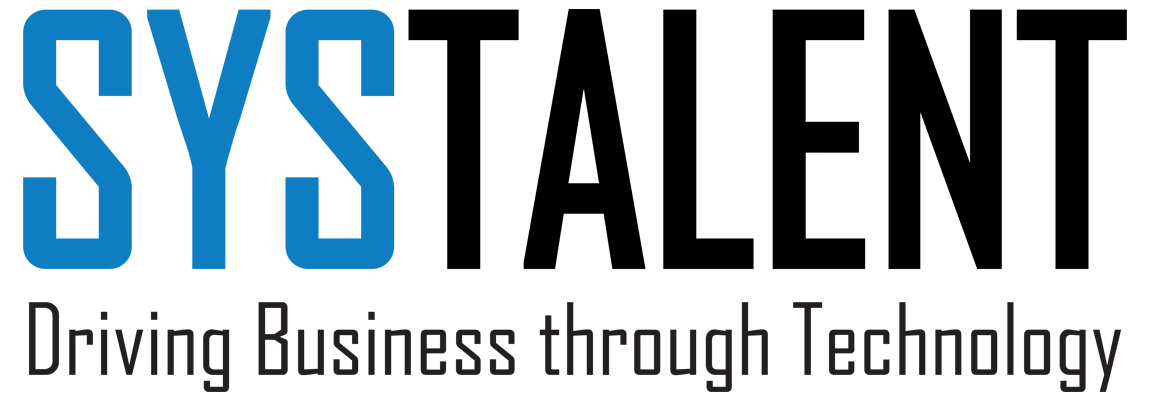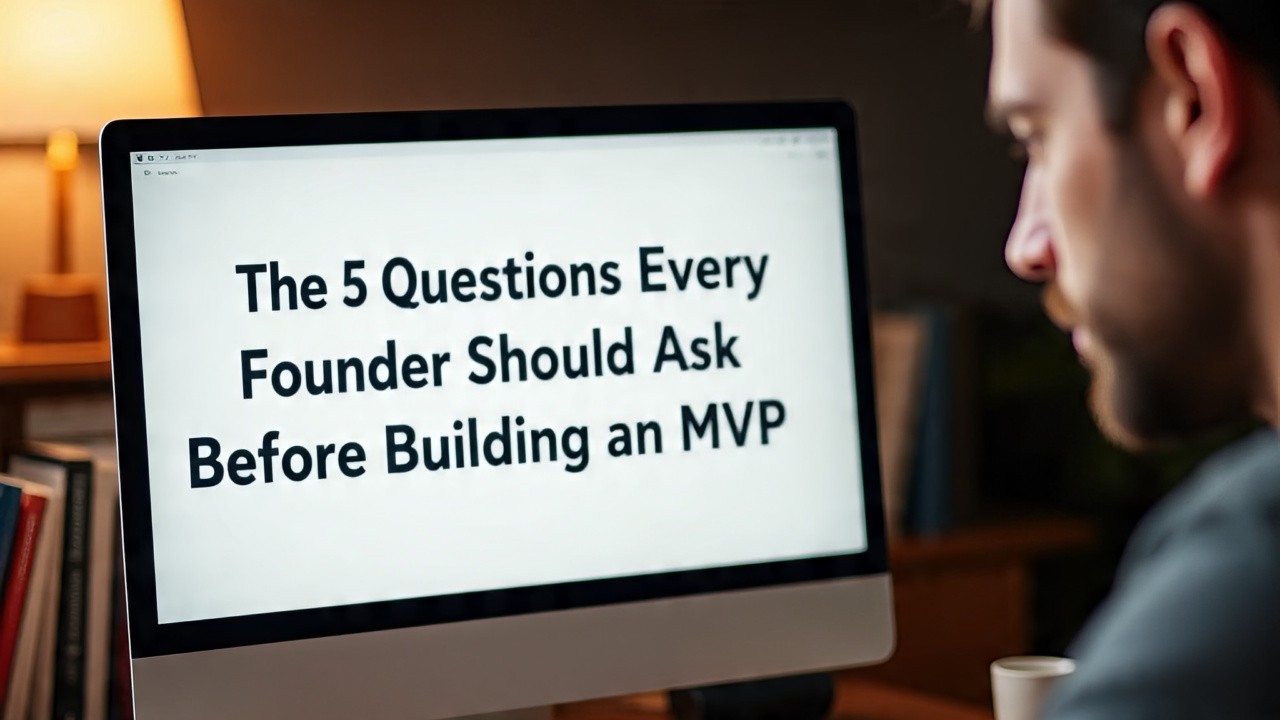Founders often feel pressure to build fast. Accelerators push for Demo Day, investors want traction, and customers expect progress.
But rushing into development without pausing to ask the right questions can burn precious time and money. The best founders treat an MVP as an experiment, not a smaller version of the final product. This mindset comes from Eric Ries’ Lean Startup and Steve Blank’s get out of the building philosophy.
Here are 5 critical questions to ask before you build your MVP, with lessons from startups who got it right.
1. What problem am I really solving?
Paul Graham, co-founder of Y Combinator, put it best: “Make something people want.”
Airbnb’s early MVP wasn’t about fancy features. It was solving one pain: expensive hotels during conferences. Their first solution? Air mattresses in an apartment.
✅ Tip for founders: Write down the exact problem in your user’s words, not product specs. If you can’t describe the pain in one sentence, you’re not ready to build.
2. Who is my very first user?
Geoffrey Moore’s Crossing the Chasm reminds us that adoption starts with early adopters, not the mainstream.
Dropbox didn’t target the entire world in 2007. Their first users were tech-savvy people who needed files across devices. By focusing on that group, they proved demand before scaling.
✅ Tip for founders: Name your first 10 users (real people or clear profiles). Build for them, not for everyone.
3. What is the smallest version of this idea I can test?
Eric Ries defines an MVP as “the smallest thing you can build to test your riskiest assumption.”
Dropbox’s MVP wasn’t code, it was a short video showing how the product would work. That video generated a waitlist of 75,000 users.
✅ Tip for founders: If you can cut your MVP in half and still test your riskiest assumption, you’re closer to the right size.
4. What does success look like in 30 days?
Steve Blank teaches that startups are “temporary organizations designed to search for a repeatable and scalable business model.” That means short learning cycles.
Your MVP should have a clear 30-day outcome, such as sign-ups, waitlist growth, investor demos, or validated customer interviews.
✅ Tip for founders: Without a 30-day success metric, scope creep will bury you.
5. What am I willing to learn or change if my MVP fails?
The point of an MVP is not to prove you are right, it’s to learn.
Instagram began as a location-based app called Burbn. Feedback showed users only loved one feature: photo sharing. The team pivoted, and Instagram was born.
✅ Tip for founders: Before you build, ask: “What will I change if feedback proves me wrong?”
➡️ Ready to put these questions into action? Learn how we guide founders from idea to MVP on our MVP Services page.
Founder MVP Checklist
Use this quick reference before building:
- Have I written down the exact pain my product solves?
- Can I name my first 10 users?
- Is my MVP a test, not a mini full build?
- Do I know my 30-day success metric?
- Am I ready to pivot if feedback contradicts my assumptions?
Quick FAQs for Founders
Q: What’s the most important step before building an MVP?
A: Clearly define the problem you’re solving in your users’ own words.
Q: How small should an MVP be?
A: Small enough to test your riskiest assumption, often just a demo, landing page, or simple prototype.
Q: What if my MVP fails?
A: Treat it as learning. Feedback tells you what to pivot, refine, or double down on.
Closing Thought
The goal isn’t to build fast at any cost… it’s to learn fast. Founders who treat the MVP as a test, not a destination, are the ones who win.
About the Author
Billy Knott is the Founder and Fractional CTO of Systalent USA. With over 35 years of technology leadership experience, he helps founders move from early MVPs to investor-ready platforms without building large in-house engineering teams.
Learn more: https://systalent.com/about-us/
LinkedIn: https://www.linkedin.com/in/billyknott/


